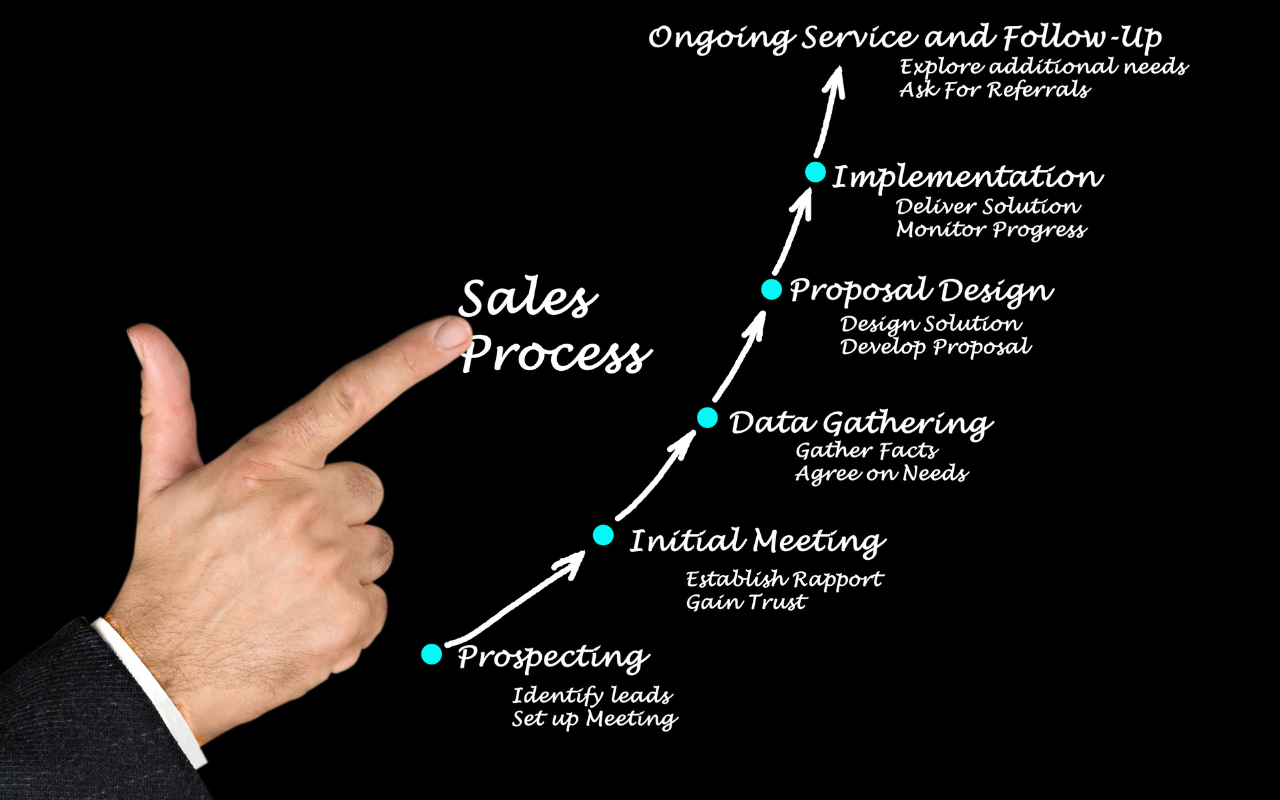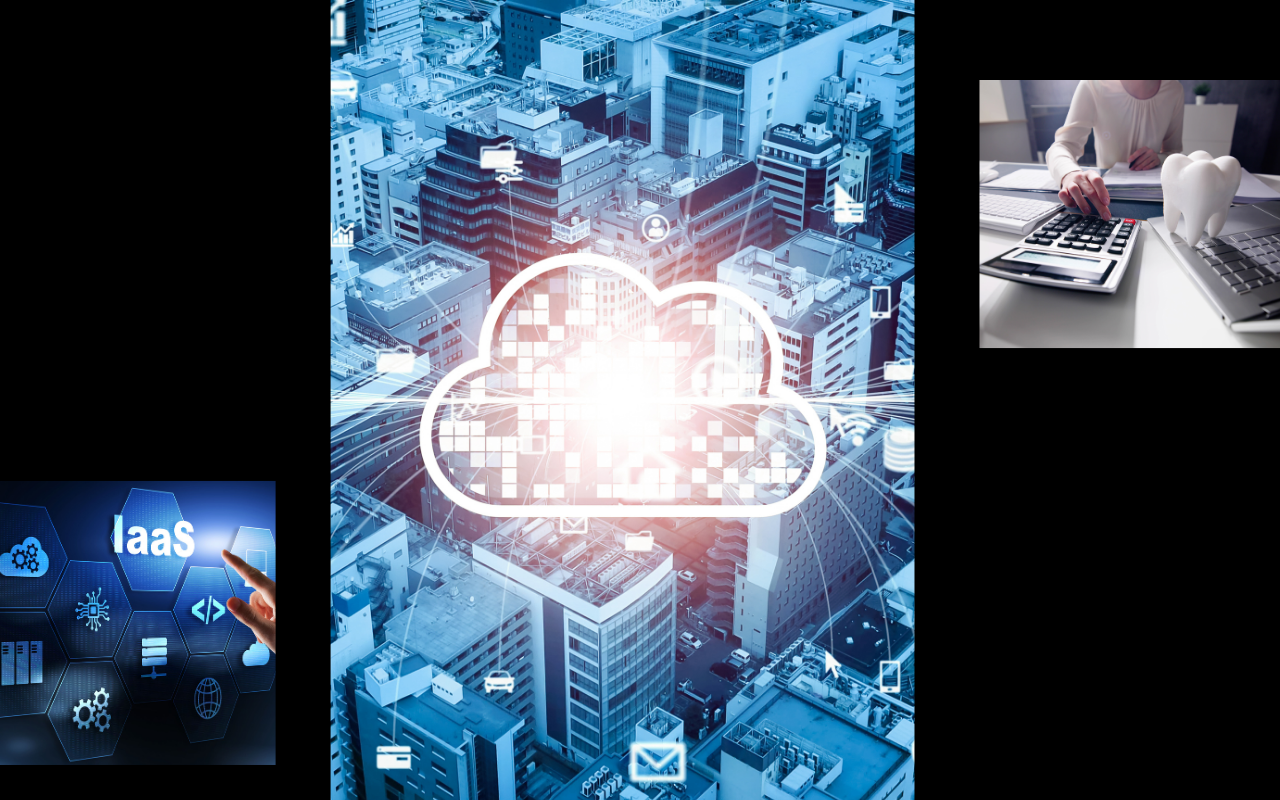
Mobile Development
Mobile app development is the act or process by which a mobile app is developed for mobile devices, such as personal digital assistants, enterprise digital assistants or mobile phones. These applications can be pre-installed on phones during manufacturing platforms, or delivered as web applications using server-side or client-side processing (e.g., JavaScript) to provide an "application-like" experience within a Web browser. Application software developers also must consider a long array of screen sizes, hardware specifications, and configurations because of intense competition in mobile software and changes within each of the platforms.
As part of the development process, mobile user interface (UI) design is also essential in the creation of mobile apps. Mobile UI considers constraints, contexts, screen, input, and mobility as outlines for design. The user is often the focus of interaction with their device, and the interface entails components of both hardware and software. User input allows for the users to manipulate a system, and device's output allows the system to indicate the effects of the users' manipulation. Mobile UI design constraints include limited attention and form factors, such as a mobile device's screen size for a user's hand(s). Mobile UI contexts signal cues from user activity, such as location and scheduling that can be shown from user interactions within a mobile app. Overall, mobile UI design's goal is mainly for an understandable, user-friendly interface. The UI of mobile apps should: consider users' limited attention, minimize keystrokes, and be task-oriented with a minimum set of functions. This functionality is supported by mobile enterprise application platforms or integrated development environments (IDEs).
Microsoft Dynamics CRM
Microsoft Dynamics CRM is a customer relationship management software package developed by Microsoft. The product focuses mainly on sales, marketing, and service (help desk) sectors, but Microsoft has been marketing Dynamics CRM as a CRM platform and has been encouraging partners to use its once proprietary, now Open Source (.NET based) framework to customize it. It is part of the Microsoft Dynamics family of business applications.
Dynamics CRM is a server-client application, which, like Microsoft SharePoint, is primarily an IIS-based web application which also supports extensive web services interfaces. Clients access Dynamics CRM either by using a browser or by a thick client plug-in to Microsoft Outlook.
Product Offerings
CRM Online
CRM On-Premise
The bottom line is that all these skills and activities can impact the success of a web site and the experience of using that site. This shows the breadth of the web designer’s toolkit. Anyone who only offers the graphic aspects is not a web designer. They’re a graphic designer who is doing graphic design for web pages. And there’s nothing wrong with that. But do not trust a person with only graphic skills to build your web site, and it will not be anywhere near as successful as it could be.
Salesforce CRM
The industry has moved from the traditional on-premises CRM to cloud-based CRM to address scalability, change management, and time to market needs of businesses. For companies looking for SaaS offerings on cloud, Salesforce is an undisputed leader. Also, companies looking to build customized business applications can capitalize on Force.com as platform as a service (PaaS).
Creative Tech Mars can provide your company an end-to-end CRM solution, ensuring that you get a strategic package evaluation and roadmap, robust implementation, rollouts, production support, and best quality development.

DevOps
Fast-paced development and quicker time-to-market are the two key factors deciding the success of any firm in today’s IT industry.
Besides, there are some other challenges, listed below, that majority of firms are facing today:
Lack of cultural balance and communication between software Development and Operations
Lack of agile delivery to drive software-driven innovation
Continued existence of silos between Development and Operations teams
Non-involvement of DBAs in release cycles, significantly hampering the inner circles
Lack of acceptance on a holistic view of the entire value-chain for continuous software delivery
DevOps has an answer for many such concerns! DevOps as a Service recommends a new ‘culture’ that ideally bridges gaps between the core operating teams i.e., Development (Dev) and Operations (Ops), for increased collaboration and enhanced productivity.

Web Development
Web development broadly refers to the tasks associated with developing websites for hosting via internet. The web development process includes web design, web content development, client-side/server-side scripting and network security configuration.With the help of best PHP frameworks available, our team makes web development easy and enjoyable so that you can focus on building your business.
Web development is a broad term for the work involved in developing a web site for the Internet (World Wide Web) or an intranet (a private network). Web development can range from developing the simplest static single page of plain text to the most complex web-based internet applications (or just 'web apps') electronic businesses, and social network services. A more comprehensive list of tasks to which web development commonly refers, may include web engineering, web design, web content development, client liaison, client-side/server-side scripting, web server and network security configuration, and e-commerce development. Among web professionals, "web development" usually refers to the main non-design aspects of building web sites: writing markup and coding. Most recently Web development has come to mean the creation of content management systems or CMS. These CMS can be made from scratch, proprietary or open source. In broad terms the CMS acts as middleware between the database and the user through the browser. A principle benefit of a CMS is that it allows non-technical people to make changes to their web site without having technical knowledge.

Cloud Services
Cloud computing is the use of computing resources (hardware and software) that are delivered as a service over a network
Cloud Computing is the result of evolution and adoption of existing technologies and paradigms. The goal of Cloud Computing is to allow users to take benefit from all of these technologies, without the need for deep knowledge about or expertise with each one of them. Cloud implementation is a complex process and its multiple options have led to confusion about how to implement cloud viably. IT and business teams follow different approaches for cloud implementation. An IT team’s primary challenge is to improve efficiency by building and automating infrastructure without compromising security and regulatory compliance needs. The business team, on the other hand, would prefer to implement cloud quickly to launch advanced business systems and maximize business value. Hence, TrendzSet use Cloud computing to connect people and organizations within, between, and beyond the clouds to the user.
Using our expertise and Industry experience, enterprises can also build a private cloud that improves there productivity and reduces costs. In addition, TrendzSet can help service providers to take advantage of new business opportunities for monetizing cloud computing services, by offering hosted services on a public cloud.
